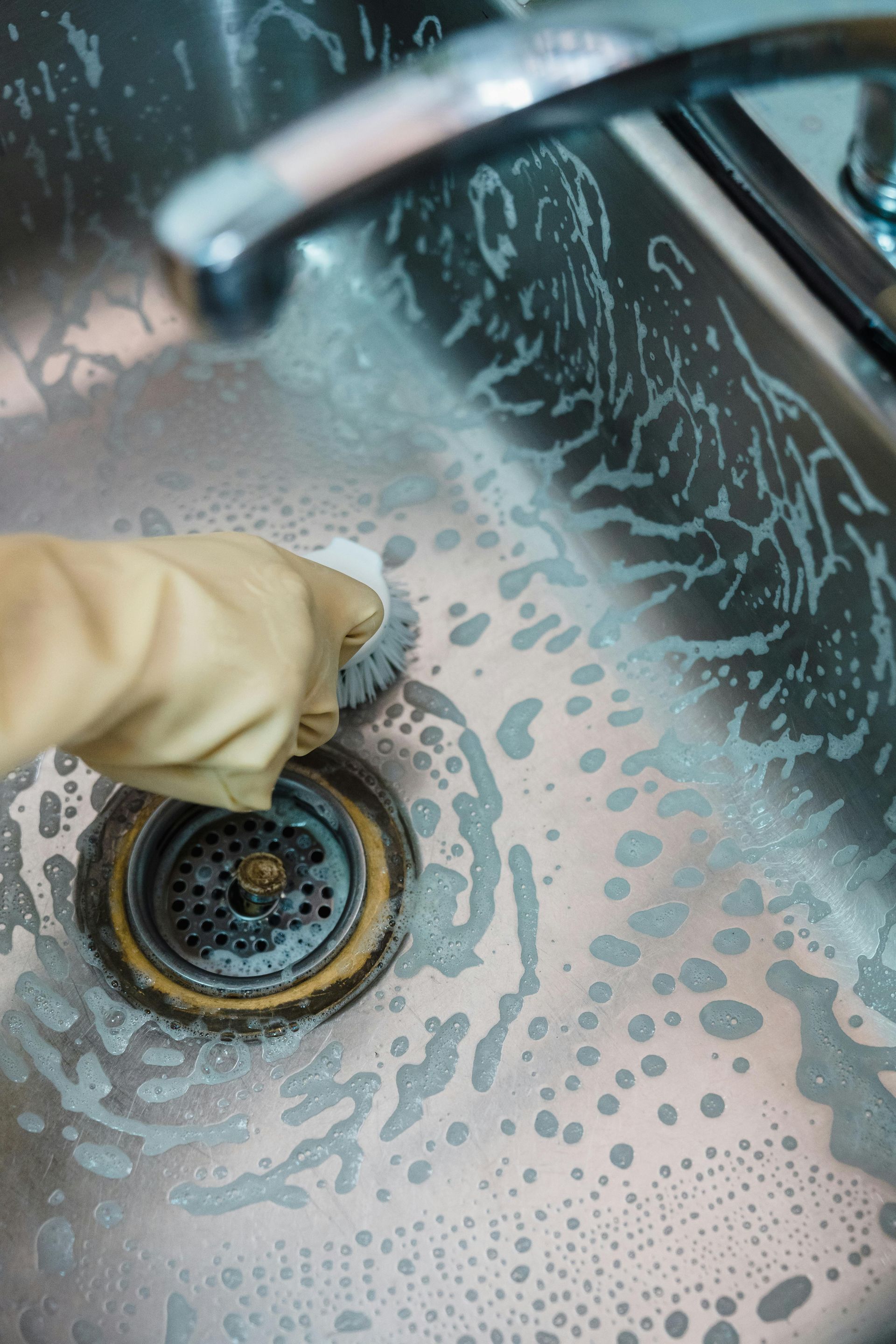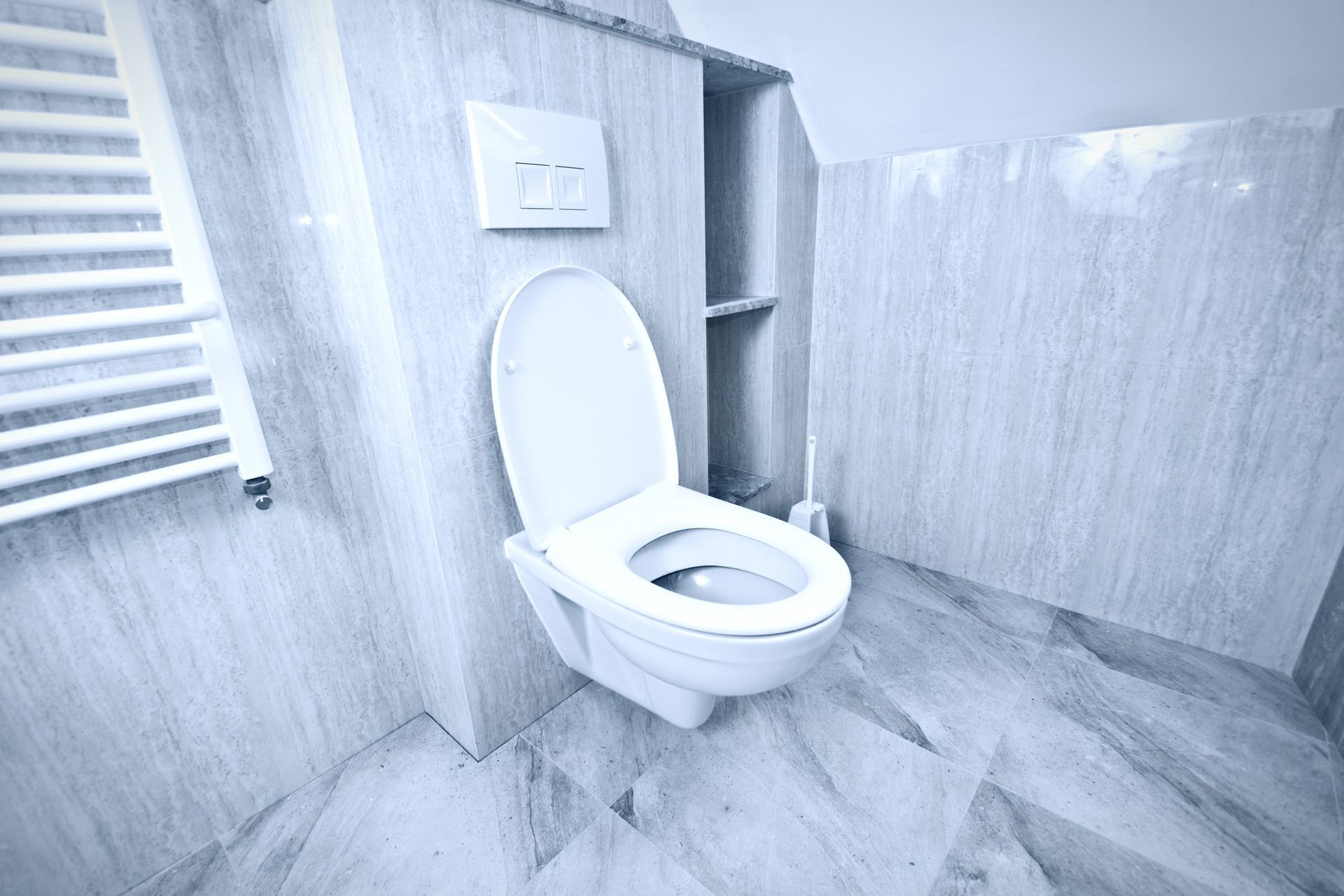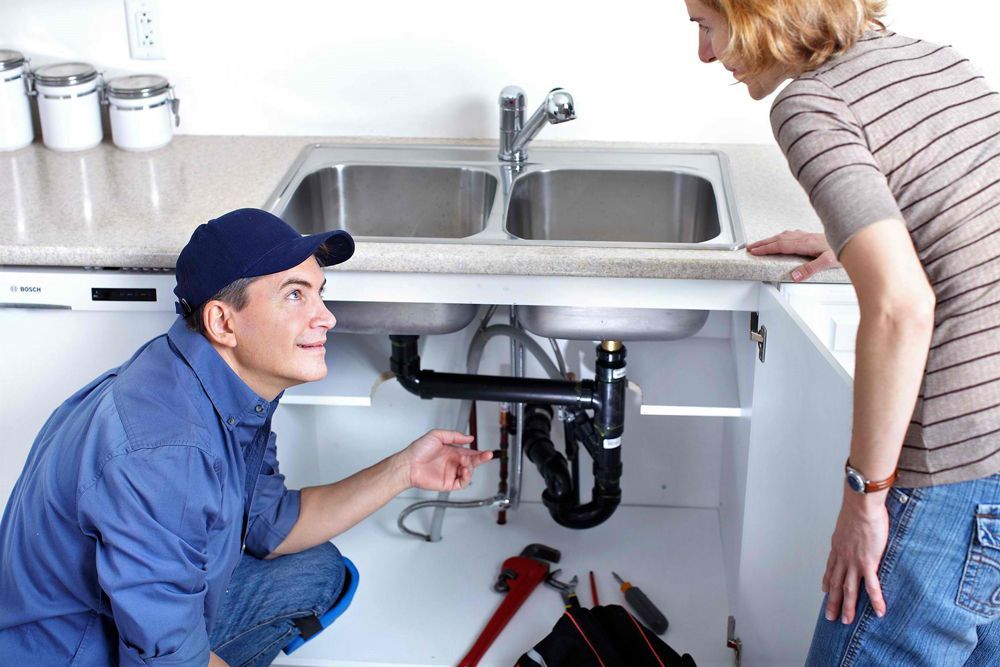The Dangers of Ignoring a Leaky Faucet
A leaky faucet is often dismissed as a minor household nuisance, but the dangers of ignoring this seemingly small problem are extensive and costly. From water waste and structural damage to health hazards and soaring utility bills, the consequences of an untreated leak can escalate quickly. In this article, we’ll explore why you should never ignore a leaky faucet, the broader implications for your home and health, and how professional services like All City Plumbers and emergency services can help you address plumbing issues before they become disasters. We’ll also touch on related plumbing concerns, such as how to identify and fix a running toilet, to ensure your home’s entire water system remains efficient and safe.
The Hidden Costs of Water Waste
One of the most immediate and measurable dangers of a leaky faucet is water waste. While a single drip may appear inconsequential, it can add up to thousands of gallons lost each year. According to plumbing experts, a faucet leaking at just one drip per second can waste over 3,000 gallons annually—equivalent to more than 180 showers. This not only impacts your water bill but also places unnecessary strain on local water resources, making water conservation a critical concern for every homeowner.
Ignoring a leaky faucet inevitably leads to higher utility bills, as the wasted water is reflected in your monthly expenses. The cost of repairing a leak is minor compared to the cumulative financial impact of unchecked water loss. Promptly addressing leaks is both an environmentally responsible and economically sound decision.
Structural Damage and Property Risks
Beyond water waste, the persistent drip from a leaky faucet can cause significant structural damage to your home. Water can seep into crevices, cabinetry, and flooring, compromising wooden beams and causing rot, warping, or mold growth. Over time, this moisture can lead to water stains, damaged fixtures, weakened flooring, and even the collapse of affected structures. The longer the leak persists, the more extensive and expensive the repairs become.
Mold and mildew thrive in damp environments created by leaks. These fungi can spread unseen behind walls, under sinks, and around cabinetry, leading to costly remediation and potential health hazards. The musty odors and visible stains are just the beginning—left unchecked, mold can compromise your home’s air quality and structural integrity.
Health and Safety Concerns
The health risks associated with a leaky faucet are often underestimated. Mold and mildew, fueled by constant moisture, can trigger allergies, respiratory issues, and skin problems, especially for those with asthma or weakened immune systems. The silent spread of these fungi can go unnoticed until symptoms appear or musty odors become apparent. Additionally, standing water from leaks can create slippery surfaces, increasing the risk of household accidents and injuries.
Annoyance and Quality of Life
While the financial and structural dangers are paramount, the constant sound of a dripping faucet can also take a toll on your quality of life. The repetitive noise can disturb sleep, concentration, and overall peace in your home. Water stains and mineral deposits left by the leak can mar the appearance of sinks, floors, and fixtures, requiring extra cleaning and maintenance.
When to Call for Emergency Services
Some plumbing issues can escalate rapidly and require immediate attention. If a leaky faucet leads to flooding, water pooling, or visible structural damage, it’s time to contact emergency services. All City Plumbers, for example, offers 24/7 emergency plumbing support to address urgent issues that can’t wait for regular business hours. Their experienced technicians can quickly assess the situation, stop the leak, and prevent further damage to your home.
Related Plumbing Concerns: How to Identify and Fix a Running Toilet
A leaky faucet isn’t the only plumbing issue that can waste water and cause headaches. A running toilet is another common culprit, silently driving up your water bill and potentially causing overflows or damage. To identify and fix a running toilet, start by inspecting the flapper chain and flapper itself in the tank. Adjust the chain if it’s too long or short, and replace the flapper if it’s worn or discolored. Check the water level and float mechanism, and replace the fill valve if necessary. These straightforward repairs can save hundreds of gallons of water and prevent costly emergencies.
The Value of Professional Help
While some homeowners may attempt to fix a leaky faucet themselves, modern fixtures are often complex, and improper repairs can worsen the problem. Licensed plumbers, like the team at All City Plumbers, are trained to diagnose and resolve leaks efficiently, using the correct tools and replacement parts. Their expertise ensures that the root cause is addressed, preventing recurrence and safeguarding your home’s plumbing system.
Conclusion
Ignoring a leaky faucet is never a wise choice. The dangers range from significant water waste and inflated bills to structural damage, mold growth, and health risks. Addressing leaks promptly with the help of professionals like All City Plumbers, and knowing when to call for emergency services, can save you money, protect your property, and ensure a safe living environment. Don’t forget to regularly inspect your plumbing system and learn how to identify and fix a running toilet to maintain water efficiency throughout your home. Taking these proactive steps now can spare you from much larger problems in the future.











